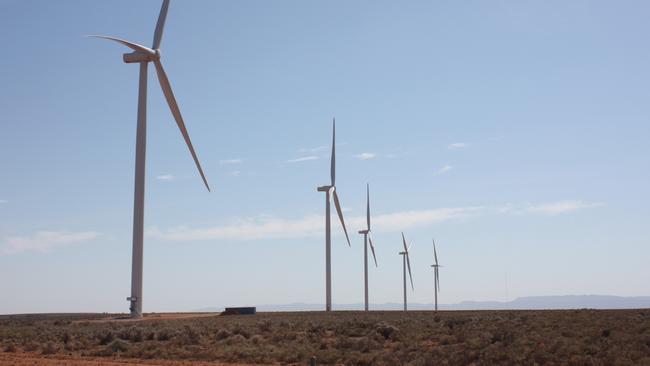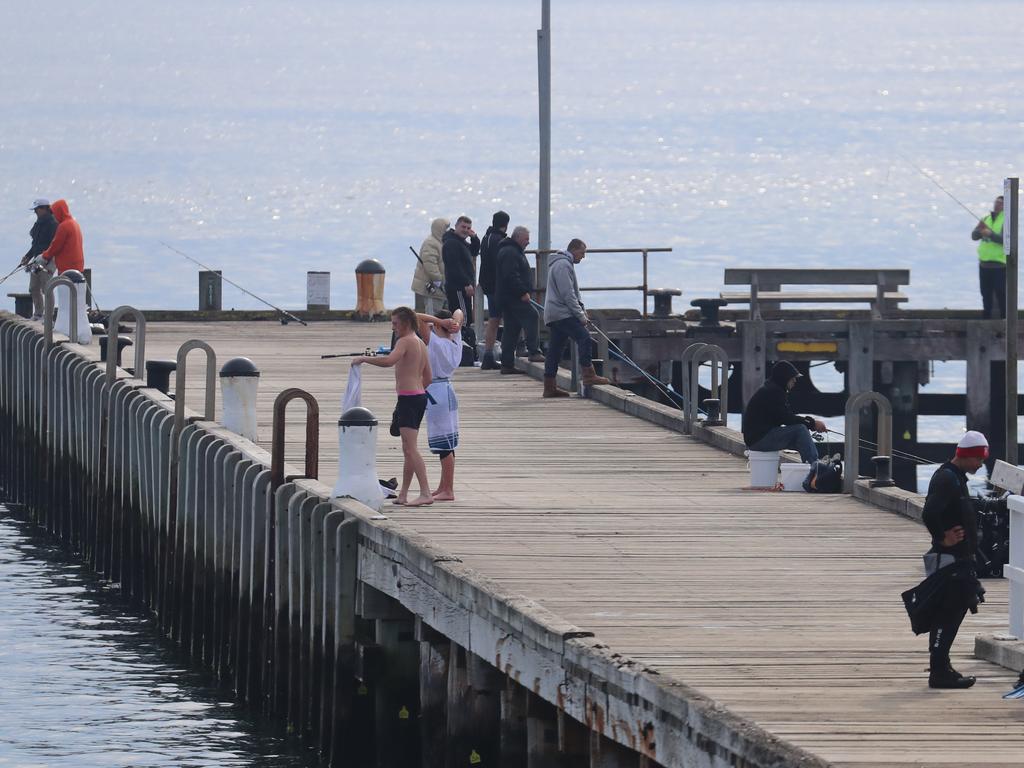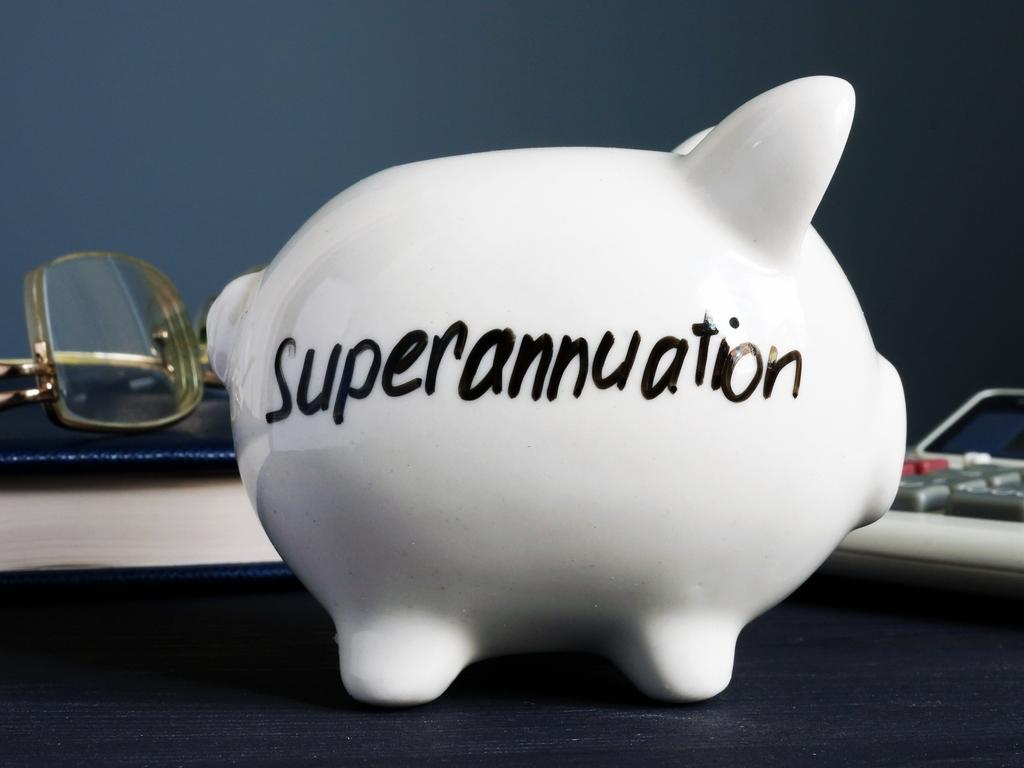Power reset a shock for investors
Big investors have raised concerns over Scott Morrison’s reset of the electricity and renewable energy sectors

Big investors have raised concerns over Scott Morrison’s reset of the electricity and renewable energy sectors, questioning an expanded remit for two green government bodies and warning private industry may not hit a looming deadline to commit funds for new generation amid a backdrop of low power prices.
The renewable energy rules governing the country’s key investment agencies will be scrapped by the Morrison government and replaced with a dramatically expanded “low emissions” mandate to fund a wider range of energy sources, which could also extend the life of coal-fired power plants.
That move has raised the ire of a major investor group with $9bn of assets under management including Blackrock, Macquarie and UK developer John Laing which said the change of remit was not necessary.
“Our view is the Clean Energy Finance Corporation needs to be focused on clean energy technologies, not these ambiguous low emissions technologies,” said Clean Energy Investor Group chairman Simon Corbell.
The mandate for the CEFC will be expanded beyond wind, solar and gas to encompass future low-emission energy technologies which could lower emissions from manufacturing, agriculture and transport.
Economic opportunities
“The economic opportunities are not in areas such as gas,” Mr Corbell said.
“They are in low cost, competitive, zero emissions renewables and that’s where investors are looking to deploy their funds globally and in Australia.”
The Australian Renewable Energy Agency’s rules on funding only wind and solar projects will change through a $1.9bn budget boost to invest in new technologies including carbon capture and storage, soil carbon, hydrogen and green steel.
The CEIG supported the government’s move to electrify the economy backed by renewables but questioned whether taxpayer funds should be rolled out for carbon capture and storage.
“Suggestions that some other technologies such as CCS should be subject to support from Arena is a misplaced objective. The focus should remain on those zero emissions technologies that are proven pathways and opportunities, rather than pathways that have proven highly problematic in the past.”
Several CCS projects are being worked on including the Santos and BP-backed project to devise a giant “carbon sink” scheme where it can offer energy operators the ability to strip out and bury carbon from their gas supplies at the Moomba hub in South Australia.
Still, the technology has faced a number of teething issues including Chevron’s Gorgon project in Western Australia with spending on CCS projects remaining modest in 2019 at less than $US1bn, according to the International Energy Agency.
Power giant Alinta Energy, which runs Victoria‘s Loy Yang B coal plant, has also questioned Canberra’s April 2021 target for industry to reach final investment decisions on 1000MW of dispatchable capacity such as pumped hydro, coal, gas and batteries.
Deadline looms
Low electricity prices near $40 a megawatt hour meant private investors would likely struggle to meet the deadline in just seven months.
“Investors are likely to sit on their hands until further clarity emerges,” Alinta chairman Mark Johnson said.
“In the context of the current market economics where the wholesale price is around $40/MWh companies are not in a rush to invest.”
In the interests of the industry
The Australian Energy Council, which represents companies including Alinta, hit out on Tuesday at the government’s renewed intervention threat but Mr Johnson said he was hopeful any concerns would be “sensibly resolved” by the industry.
“It’s in the interests of the industry that it gets resolved pretty quickly,” he said.
Alinta, Australia‘s fourth largest electricity retailer, has been seen as an operator with investor firepower after Chow Tai Fook Enterprises bought the company in 2017 from private equity for $4bn as part of a wave of foreign investment targeting growth opportunities in Australia’s power and utility sectors.
Mr Morrison’s statement that wind and solar were now commercially viable and didn’t need government assistance was also queried by the CEIG, which was cautious about a blanket abandonment of the sector given the need for widescale storage requirements.
“The first stage of utility scale renewables in Australia has been achieved with the market competitiveness of large scale wind and solar. But renewables will continue to need support as we increase the penetration of renewables into the grid,” Mr Corbell said.
“We have only really achieved less than 30 per cent renewables in the grid and we will need to achieve 100 per cent over time.
“There’s a lot of work still to be done and renewables will need support particularly around transmission, hybrid projects that combine wind, solar and different storage technologies to power industry and manufacturing activity and deliver green energy fuels. It’s not entirely correct to say wind and solar will no longer need support.”
Up to 19 gigawatts of dispatchable resources such as batteries, pumped hydro and fast-start gas plants will be required in the next two decades to back up renewables, according to the Australian Energy Market Operator.





